Present-day prehistoric archaeologists take part in heated debates over the source of the population of prehistoric North America. The most widely regarded theory is that people migrated over the now non-existent land bridge between Russia and Alaska and trickled down the coast of North and South America, gradually moving inward. The people are estimated to have started populating the Americas either 30,000 years ago or 12,000 years ago. The reason for the discrepancy is both the lack of evidence and the fact that an ice-free corridor existed during only these two times, making it impossible to migrate during any other time.
The people from about 11,500 years ago are generally referred to as part of a culture that the Clovis spear point is named. Archaeologists know that the Clovis Culture had complex societies with many regional sub-groups. The culture was widespread, as Clovis points are found in every one of the lower 48 states. Typically, the points are associated with a mammoth kill site.
As the climate changed in North America, the Clovis people developed into other cultures, and new stone tool technologies were invented. It is a severe generalization to lump the newly developing civilizations into the category of "mound-builder" because this grossly underestimates the extent of their culture. There were several periods when the mounds were being built, and many different peoples were building mounds. The people responsible for building the famous mounds in North America, like the Effigy Mounds in Ohio or Cahokia around St. Louis, were Hopewellian, Woodland, and Mississippian period people. Their cultures flourished from 500 BC to 1400 ad. During this time, evidence of pottery making, farming, new weapons, complex social structures like cemeteries and marketplaces, recreational tools, and detailed craftsmanship on things such as ornaments are found in the archaeological record.
Archaeologists tend to concentrate on what the prehistoric people left behind. This is obviously not the whole picture because things such as wooden objects, folklore, clothing, language, or artwork are not usually preserved in the ground. As a result, much of the knowledge of prehistoric cultures is based on stone tool technology or lithics, pottery making, and burial practices or mound building. This provides an insightful but very limited view of their culture. It is important to stress that new information is discovered all the time about prehistoric people as archaeological techniques become more advanced.
Some Woodland period mounds were found along Ferson’s Creek near Wild Rose in St. Charles. They were excavated in the early 1990s. Unearthed in the mounds were skeletal remains from prehistoric people, tools, pottery, and other ornamental items. The evidence shows that the people associated with that mound were hunters and gatherers; typically, the men hunted, and the women gathered. Distant trading routes were uncovered, including evidence of mica from North Carolina, obsidian (volcanic glass that is sharper than stainless steel) from Wyoming, and pearls from the gulf coast. This implies that they had networked with other groups, and people traded goods and possibly services. Many of the artifacts left by the prehistoric people in this region are on display at the Main Museum of the Heritage Center.



